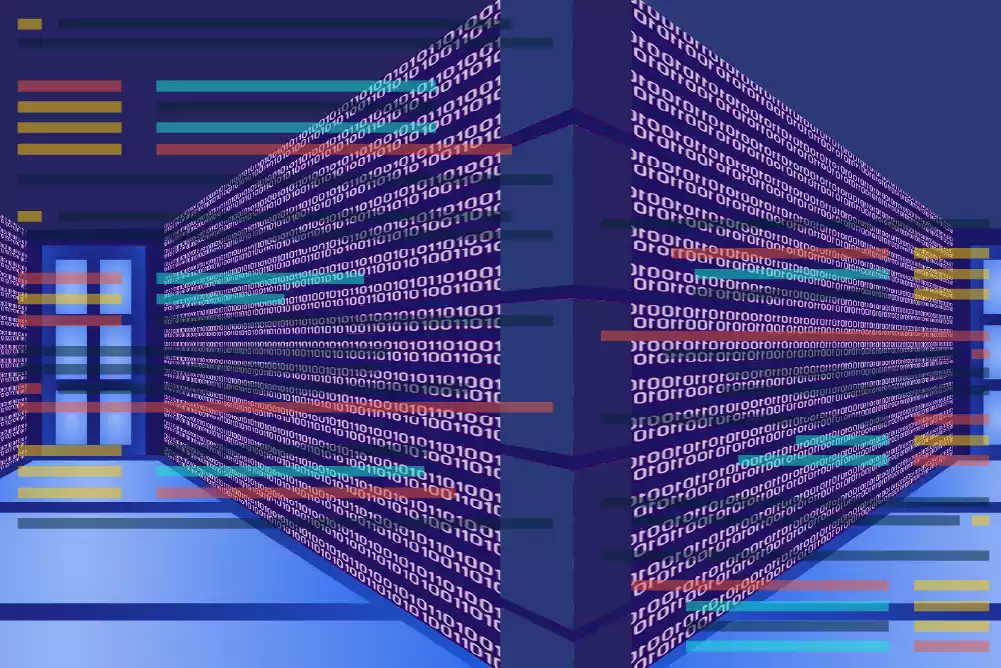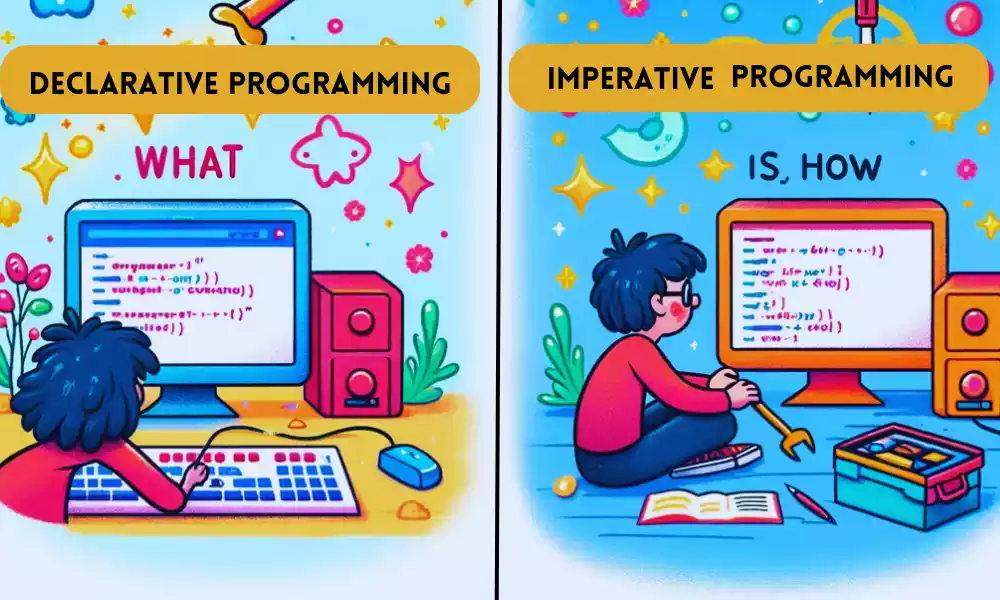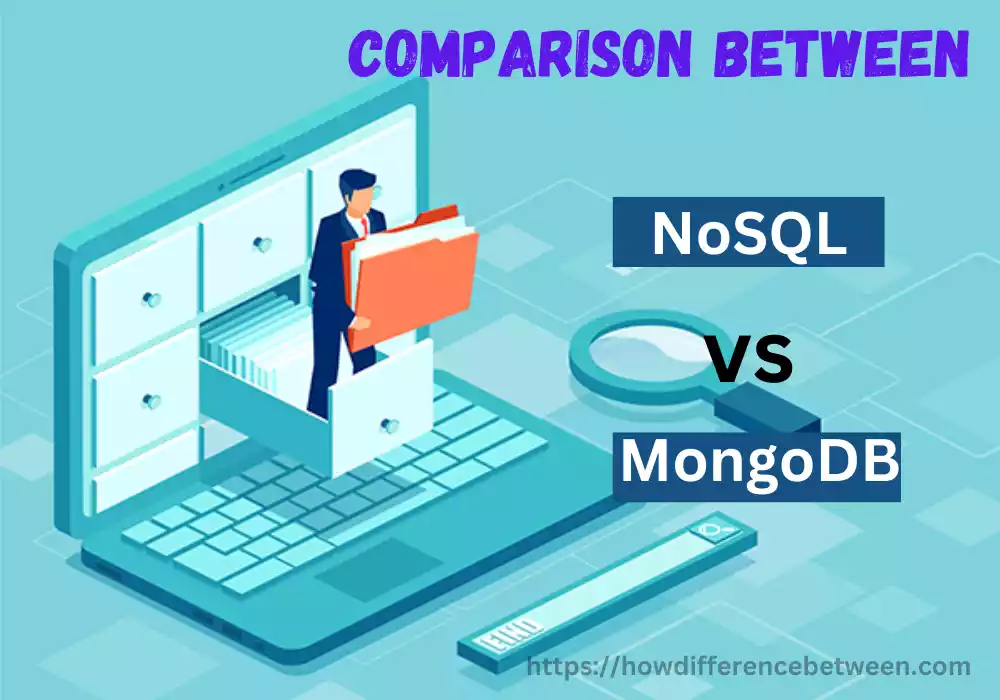Declarative and Imperative Programming models seek to solve computational issues using different ways of communicating logic as well as instructions.
Declarative programming means saying what you want to someone without explaining how you will achieve it. It’s useful to make things straightforward to comprehend such as writing the shopping list. Sometimes it may not provide you with the same amount of control.
Imperative programming essentially means giving instructions step-by-step on how to complete a task. It explains precisely what to do at each step. It’s helpful when you need more control and you want things to be done in a certain manner. But, it could make things more difficult and difficult to comprehend, for example, writing out a lengthy recipe.
The decision between them is contingent on what you’re trying to accomplish and the level of control you’ll need. Sometimes, you’ll be able to combine them to achieve the most beneficial of both.
What is Declarative Programming?
Declarative programming refers to a software approach that focuses on explaining what is expected to be achieved instead of describing how to achieve it by providing step-by-step directions. Declarative programming lets programmers define the desired result as well as high-level logic.

They leave the details of how a computer will complete the job to the underlying software or language runtime. This method abstracts details of implementation at a low level and makes the code clear, concise, and easy to understand and maintain.
Declarative programming is frequently employed in areas such as databases, such as (SQL) web development (HTML/CSS), and configuration management, where defining the desired outcome or state will be more crucial than an exact sequence of steps. It promotes an abstract and goal-oriented method of approaching programming issues.
What is Imperative Programming?
Imperative programming is an approach that is focused on the description of a set of instructions or steps the computer must follow to complete a particular task. Imperative programming is when programmers offer explicit instructions for achieving the desired result, describing the precise manipulation of the state of the program and its control flow.
This type of programming is defined through the usage of loops, variables as well as conditionals, and other concepts that specify the actions that must be performed during each step of execution.

In contrast to declarative programming, which is focused on what needs to be accomplished imperative programming is focused on the process of achieving it in a detailed and step-by-step fashion.
This can result in imperative code becoming more voluminous and complicated and a lot more difficult to understand, it also gives precise control over the execution of programs and permits developers to deal with mutable states.
Imperative language programming programs, like Python, C++, and Java are widely utilized in a broad range of applications, such as the realm of system-level programming, algorithm development in general-purpose development of software.
This type of approach is usually preferred in situations where precise control of programming behavior or effective resource management is required. It could create issues related to maintainability, readability, and the ability to concur.
Difference Between Declarative and Imperative Programming
Here’s a concise comparison chart highlighting the differences between declarative and imperative programming:
| Aspect | Declarative Programming | Imperative Programming |
|---|---|---|
| Focus | Expresses what should be done. | Specifies how to do it. |
| Abstraction | Abstracts away low-level details. | Relies on explicit step-by-step instructions. |
| Code Conciseness | The code is concise and expressive. | Code can be verbose and detailed. |
| Error-Prone State | Minimal mutable state manipulation, reducing error-prone code. | Direct manipulation of mutable state, increasing error potential. |
| Control | Limited control over execution. | Fine-grained control over execution. |
| Performance | Potential performance trade-offs. | Allows for performance optimization but may require more effort. |
| Parallelization | Typically more amenable to parallelism and concurrency. | May require careful synchronization for parallel tasks. |
| Learning Curve | May have a steeper learning curve for some developers. | Generally considered easier for beginners due to the step-by-step approach. |
| Examples | SQL, HTML/CSS, configuration files. | Python, C++, Java, and system-level programming. |
Why is programming important in the modern world?
Programming is vitally important in today’s society because of several reasons:
- Automation: Programming allows the automation of processes and tasks. This increases efficiency, decreases human errors, and permits the execution of complex or repetitive tasks that are difficult or impossible to accomplish manually. This is essential in industries such as logistics, manufacturing financial, healthcare, and finance.
- The advancement of technology: Programming is at the core of technological advancement. It is the driving force behind the creation of websites, mobile apps, and a variety of electronic services, which has changed our communication and work, shop, and even access information.
- Research: In science, Programming is vital to conduct studies and simulations across a variety of science fields, including biology, physics, chemistry as well and climate science. It allows scientists to analyze and process huge amounts of data, and to simulate complex systems.
- Decision-making and analysis of data: In this age of massive information, programming has become essential in acquiring, processing, and analyzing massive databases. Organizations and businesses use programs to gain insights to make informed decisions and improve processes.
- Computer programming and Artificial Intelligence: It is the key to the creation of AI (AI) as well as machine-learning (ML) devices. These technologies can be utilized in autonomous vehicles as well as natural language processing, image recognition, and more which has led to major advancements in a wide range of industries.
- Cybersecurity: As cyber-related threats are constantly evolving and evolving, programming plays an essential role in the development and maintenance of security measures to guard digital infrastructure and data. Programmers develop encryption algorithms, security protocols, and intrusion detection systems to protect data.
- Employment opportunities: The need for proficient programmers is always increasing, making it an essential skill to have in employment. Programming skills can open an array of career options in the fields of data science, software development cybersecurity, and many more.
- Educational: Computer programming has been becoming more included in educational curricula to teach critical thinking, problem-solving, and computational skills. It assists students in preparing them for their future careers and enables them with the skills to be able to work in a technologically-driven environment.
- Innovation and creativity: Programming enables teams and individuals to bring their ideas to life using digital and software. It’s a platform that facilitates the development of entrepreneurship and innovation, which allows companies and startups to come up with innovative solutions.
- Communication and connectivity: programming is what powers the internet as well as the technology for communication that connects individuals across the globe. Email, social media messages, messaging apps, as well as video conferencing platforms all depend on programming to enable global collaboration and communication.
Advantages of declarative and imperative programming
Declarative Programming Advantages:
- Conciseness and Readability: The code in the declaration is simple and simple to comprehend which makes it easier to maintain.
- Abstraction: This abstracts the details at a low level, making it easier to complete tasks.
- Reduced Error-Prone Coding: Reduces the chance of bugs relating to mutable states.
- Parallelism: It is well-suited to concurrency and parallelism.
- Natural Use: Ideal for domains like databases, UI, and for configuration management.
Imperative Programming Advantages:
- Fine-Grained Control: Provides precise control over the program’s execution.
- Performance Optimization: It allows low-level tuning for performance.
- Support: Useful when working with imperative code that is already in use.
- Direct State Manipulation: It is required for any task that requires the ability to change state.
- Easy for Beginners: It is easier for novices because of step-by-step thought.
Disadvantage of declarative and imperative programming
Disadvantages of Declarative Programming:
- Limited Control: Declarative codes abstract the details of a low level and can limit the control over the execution of programs, making it unsuitable for some jobs.
- Learning Curve: Certain developers might encounter difficulties with declarative paradigms to understand and to adapt to, particularly when they have a background of imperative programming.
- Performance Trade-offs: Declarative code could lose some optimization options for performance when in comparison to imperative code that has been fine-tuned particularly in high-resource applications.
Disadvantages of Imperative Programming:
- Complexity, as well as Verbosity: Imperative code tends to be more complex and verbose and therefore difficult to comprehend and maintain, especially when it is used in large projects.
- Error-Prone Mutable States: Direct manipulation of the state of the program in imperative programming could cause errors due to state changes that are mutable and synchronization issues when using concurrent applications.
- Complexity in Parallelization: Coordinating concurrent tasks within imperative code can be a challenge and a poor management approach could result in race conditions as well as other bugs related to concurrency.
- A steep learning curve for some: Beginners might find the essential programming more challenging due to its thorough and step-by-step process that could lead to mistakes and more lengthy learning curves.
Future Trends and Implications
This is one of the main issues relating to Future Trends and the Implications for HTML:
- Domain-specific Declarative Languages: The development of specifically designed declarative language that is specifically designed for specific areas (e.g. machine learning, data science finance, etc.)) can increase the effectiveness and accessibility of experts in the field.
- Low-Code or no-code platforms: The rise of zero-code and low-code platforms allows non-programmers to develop applications using visually driven interfaces that are declarative, which can eliminate the necessity of strict coding that is traditional in certain instances.
- AI-Driven Programing Assist: The most modern AI tools could provide help and suggestions for both approaches that will make it simpler for programmers to select the best approach based on the particular needs and the context.
- A convergence of concepts: frameworks as well as programming language technology could facilitate a greater seamless integration of declarative and imperative styles, allowing developers to switch paradigms faster as they need to.
- Improvements in Performance for Declarative Languages: Declarative languages and compilers could optimize their performance which could narrow the performance gap between declarative and imperative solutions.
- The growth of Functional Programming: The functional programming part of declarative programming has seen a rise in popularity due to its ability to support parallel computing, and distributed computing and improve the quality of the code.
- Quantum Computing: Quantum computing evolves, it can generate new paradigms that challenge traditional programming models and may influence imperative and declarative techniques.
- Continuously requiring Imperative skills: While declarative programming is becoming more popular, certain situations will require specialization, particularly in the area of systems programming, crucial tasks for performance, and other applications that need real-time.
- Software Architecture and Design: Both paradigms continue to influence the development and creation of software. Declarative techniques can lead to more flexible and more loosely connected systems, while imperative techniques can give more control over the behavior of an entire system.
- Educational and training: In how the lessons in programming are taught and learned could alter to meet the needs of an evolving environment. The focus should be on the core concepts of both paradigms, as well as their proper application.
- Cross-Paradigm Knowledge Developers who are skilled in both declarative and imperative programming will be sought-after, and skilled in choosing the most efficient approach to tackle a particular issue, and seamlessly switching between various paradigms.
- Responsibility and Ethics: As technology gets more advanced efficient and powerful, and more powerful, the ethical implications of programming decisions become more important, influencing the way these two paradigms are used to create responsible and ethical applications.
When to Choose Declarative or Imperative Programming
Here are some suggestions on how to decide between the two:
Declarative Programming:
- Data manipulation and queries: Declarative programming is ideal for tasks that require manipulation of data as well as querying databases and the ability to express what you wish to accomplish using data. SQL is a perfect example of a language that can be used to perform data operations in databases.
- User interfaces (UI): Declarative languages such as HTML as well as CSS are used extensively for creating user interfaces. They define the structure and layout of UI elements without defining the way they will be displayed which makes it simpler to manage and adapt to different screens and devices.
- Configuration and Markup: Declarative languages are typically used to create configuration files that define the way that software or systems must behave, without revealing the details of implementation.
- Abstraction is a Matter of Choice: Declarative programming removes the details at a low level, which makes it perfect for when you need to concentrate on higher-level results and logic, not the specific steps to implement.
- Easy Reading and Maintenance: Declarative code is generally more straightforward to comprehend, which makes it an excellent choice for code maintenance when it is important.
Imperative Programming:
- Procedural or Algorithmic Tasks: Imperative programming is an ideal choice for procedural or algorithmic tasks where you require precise control of the execution process, mutable state as well and explicit step-by-step instruction.
- Low-Level System Programming: In situations where you’re working with hardware or need efficient management of memory imperative languages such as C or assembly languages could be needed.
- Optimizing Performance: If performance is an important factor imperative programming enables you to optimize your code for particular use cases like real-time applications and resource-constrained environments.
- Parallelization: Imperative programming may be beneficial in dealing with concurrency and parallelism since it gives direct control over threads as well as the synchronization.
- If your existing codebase is Imperative: When you’re working on a program that already contains a substantial quantity of essential code, it might be more sensible to stick with the standard approach to maintain consistency.
Summary
Declarative programming is a way of the idea of expressing “what” should be done by abstracting the details of low-level operations and creating concise, clear code. However, it can provide only a limited degree of control and a steep learning curve.
However, imperative programming is focused upon “how” tasks should be executed, providing precise control, but could also result in complicated, error-prone code. It is suitable for optimizing performance however it can be difficult for novices.
The decision between these approaches is contingent on the requirements of the project along with the developer’s experience and the requirement for control versus abstraction. Hybrid approaches are typically able to bridge the gap.































